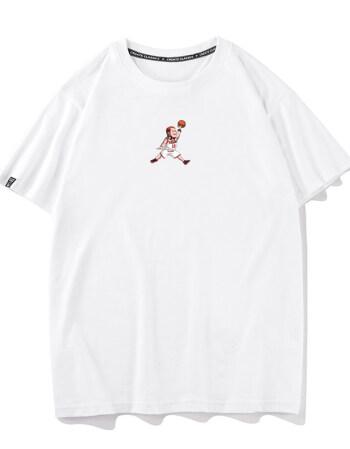With the improvement of environmental awareness and the pursuit of sustainable development, environmentally friendly fabrics are becoming an important trend in the fashion industry. Here are some contemporary trends about exploring the world of green and fashionable fabrics:
1. Organic cotton: Organic cotton is made from cotton grown using organic farming methods. fabric. It uses a growing method without chemical pesticides and fertilizers, which causes less pollution to land and water resources, and also avoids health effects on growers and workers. Organic cotton fabric does not contain harmful substances, has good breathability, is skin-friendly, and is suitable for people with sensitive skin.
2. Regenerated fiber: Regenerated fiber is a fiber material made from waste materials or renewable resources. For example, recycled polyester fiber can be recycled from waste plastic bottles and recycled viscose fiber can be processed from recycled waste textiles. These recycled fibers have the advantage of reducing the need for virgin resources and waste, while also reducing negative impacts on the environment.
3. Natural dyes: Traditional dye processing often produces wastewater and harmful chemicals. Natural dyes, on the other hand, use natural pigments from plants, insects or microorganisms, which have a lower environmental impact. For example, natural plant dyes such as indigo tree and blueberry bark are widely used in the fashion industry, allowing fabrics to display rich colors without harming the environment.
4. Vegetable dyeing: Vegetable dyeing is a process of dyeing fabrics with plant dyes. By using plant parts such as bark, leaves, fruits, roots, etc., this dyeing method not only reduces the use of chemical dyes, but also achieves a fully natural cycle of materials. Vegetable dyeing not only creates a natural, original texture, but also conveys the emotion of being connected to nature.
5. Biodegradable fiber: Biodegradable fiber refers to fiber materials that can be rapidly degraded under natural conditions. For example, modal and biodegradable polyester. These fabrics are produced using renewable resources and can decompose under harmless conditions after use without causing long-term pollution to the environment.
The world of green and fashionable fabrics is growing day by day. People’s emphasis on environmental protection and sustainability has also made environmentally friendly fabrics more widely used in the fashion industry. . This not only helps reduce the negative impact on the environment, but also provides fashion consumers with more sustainable and healthy choices. At the same time, fashion brands and designers are also actively seeking more innovative environmentally friendly fabric materials to contribute to green fashion.








